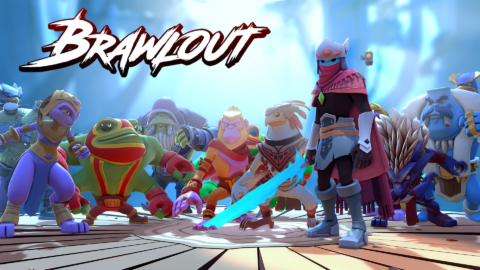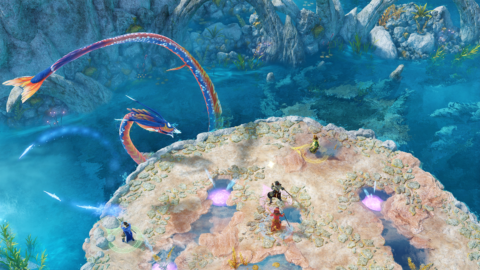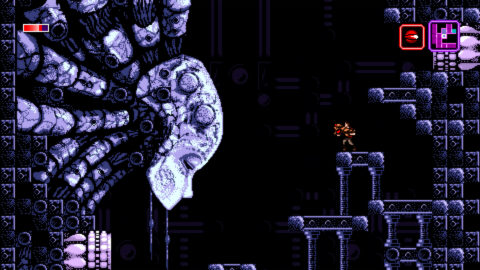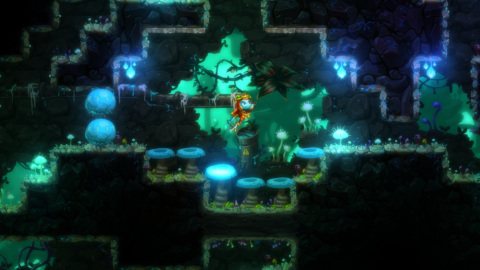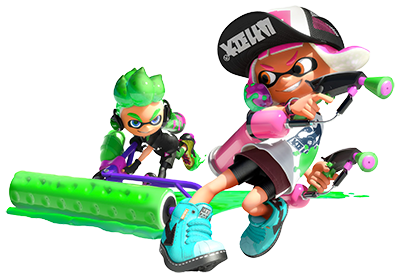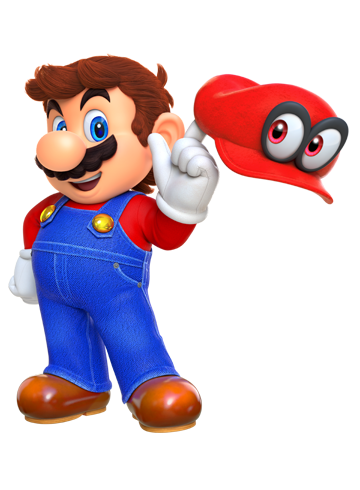As gaming soaks even further into the everyday entertainment catalog of so many people, we find more and more that games designed with a relaxing experience in mind are in demand. While most still gravitate to action-packed games that stimulate and challenge, an increasing number of gamers have recognized the therapeutic benefits to be found in calmer worlds like Minecraft, Stardew Valley, Animal Crossing, and so many more.
Trying to marry that meditative style with genuine challenge and immersion can be a bit of an uphill battle. A developer could easily find themselves creating too exciting an experience, or inadvertently bore audiences with a forced calm that kills the immersion.
Sadly, it’s a line that FK Digital’s Koi DX for the Nintendo Switch fails to walk with the necessary grace and consciousness. Underwhelming puzzles permeate a colorful but ultimately lifeless world, while a blatant story awkwardly punctuates the game’s attempts to sift serenity out of frustration.
Just keep Swimming
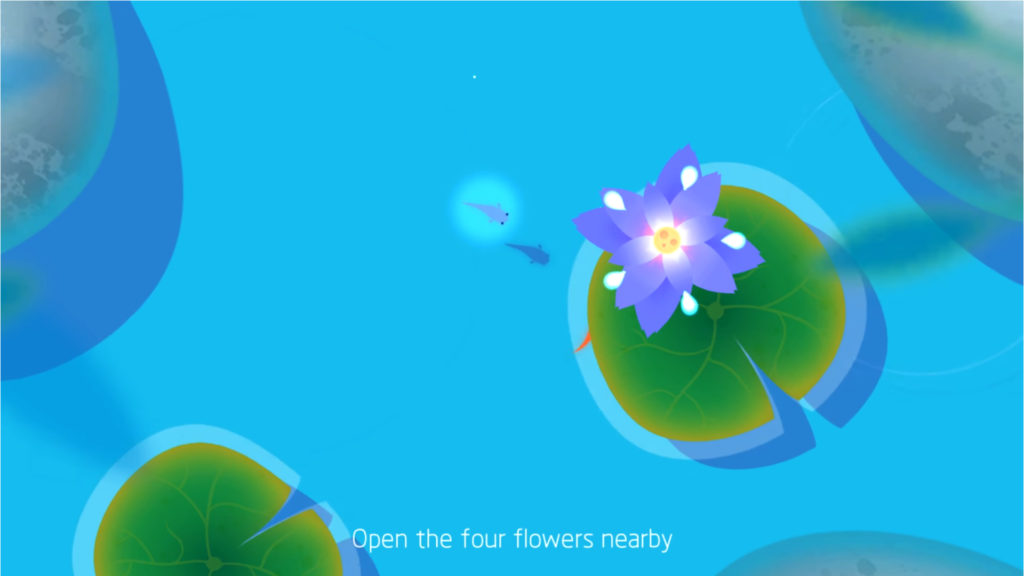
Koi DX retains a fairly simple premise: you control a tiny orange koi to navigate a peaceful pond that has been overrun by giant black fish that attack whenever you swim into their view. Throughout the game you’ll need to gather smaller multicolored fish and match them to flowers, forcing those flowers to bloom.
The game’s controls are simple enough, with the left stick controlling movement and A reserved for interacting with the environment. Movement is responsive and fairly easy to control, and feels natural in the context. There is a bit of a “skate” to moving your fishy friend around, likely in an attempt to mimic the physics of underwater movement, but it doesn’t hinder movement much. A “boost” button wouldn’t go amiss here, though. A little extra speed now and then to get past obstacles could have added a layer of depth to the overall controls.
The controls lose their luster when the CPU fish join in, though. Swimming past smaller fish will pick them up in your wake, and they’ll follow your movements with a delay that ranges from slight to massive, seemingly at random. This delay can spell serious disaster at times, where the most natural path for me will leave a smaller fish stranded in a corner or drifting hopelessly into the path of an enemy fish. The AI isn’t quite up to righting itself, either, so the little fish will do nothing to prevent its fate.
You’ll also encounter a few other puzzles like memory, matching, and labyrinth games that break up the standard swimming mechanics. Sadly, these are where the game really begins to fall apart. Each of these puzzles provides its own little brand of frustration, and each one feels underdeveloped and thrown together.
Memory sequences seem standard: watch the sequence of light-up leaves on a branch, then repeat it. But the leaves light up in increasing number each sequence, and there’s no repeating of earlier patterns. Tracking six randomly lighting leaves with no prior practice is a nightmare, and failing means starting over from the beginning. Some of these sequences were so frustrating that the game eventually released the puzzle after many failures, making me question if these puzzles were even necessary.
Matching sequences are vague, only explaining the necessary trick to completing them after you fail a few times. Vague mental puzzles are one thing, and I have no problem with those even if they’re genuinely challenging. But withholding rules at the start of a puzzle just to appear difficult is a different brand of ill-conceived design, and only serves to enhance the feeling that Koi DX isn’t quite sure what it wants to be.
Life in the Pond
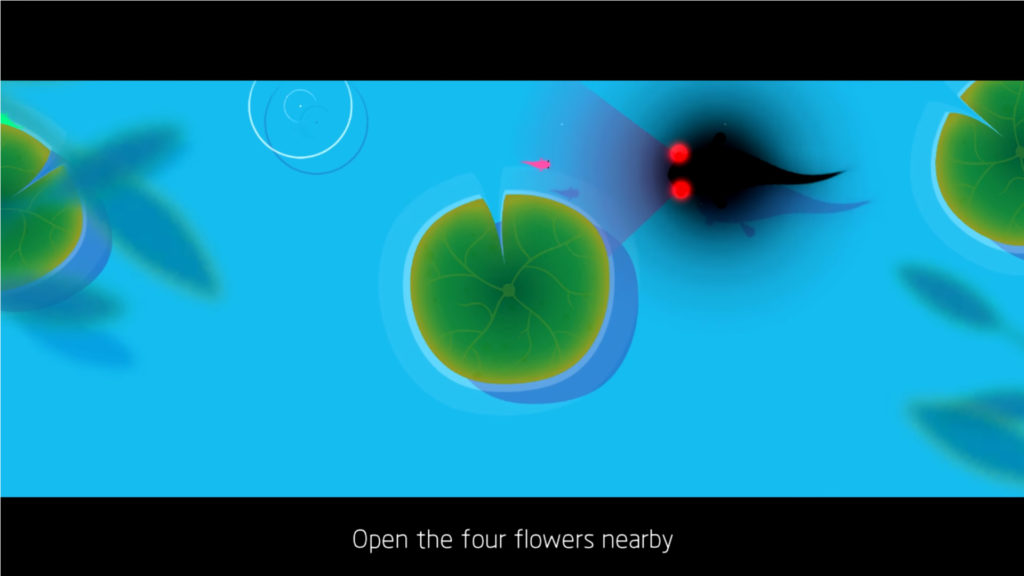
These inconsistencies in the core gameplay are only made more obvious by the game’s atmosphere. On the surface, Koi DX presents an enthralling, beautiful world that entices players to explore. Within a disappointingly short time, though, the environment began to feel flat and devoid of any real life.
The game runs beautifully on the Switch, with no graphical issues or slowdown, but strong performance doesn’t make up for a stale environment. Leaves sitting on the edge of the playfield feel less like lush greenery than afterthoughts sketched hastily around the edges of the blue water. The darker elements in the “corrupted” industrial sections are almost unrecognizable; cans and bits of wire are sloppy stand-ins for basic grey blocks in the gloom.
The smaller fish are simple enough to appear impactful, and their animations are lifelike enough. The bigger fish, however, feel scaled up to a point that feels awkward. They’re threatening enough when they charge, but their red eyes are misplaced on their body, and comical enough to break the game’s attempts at immersion.
Its flat environment creates plenty of discord within the game, but Koi DX also includes a basic storyline as a way to drive players through the puzzles and levels. By basic, I mean exactly that: corruption threatens the natural beauty of your pond, and human industrialization is to blame. It’s a plot that fits fairly well into the concept at hand, but it’s a bit too on the nose to really feel engaging, and the interspersed dialogue doesn’t do much to create a necessary sense of wonder or urgency either.
Overall, the aesthetic of Koi DX echoes the core mechanics of the game. There’s potential here, and a bit more awareness of the emotion it’s meant to convey could have made this game something special. It’s clear that the team meant to capture the essence of a Koi pond’s natural association with relaxation and serenity, but it feels like they focused too much on using a contrived plot to drive the game’s puzzles. Every attempt to make Koi DX “feel” like a video game seems to undermine its tone at every turn.
Extra bits
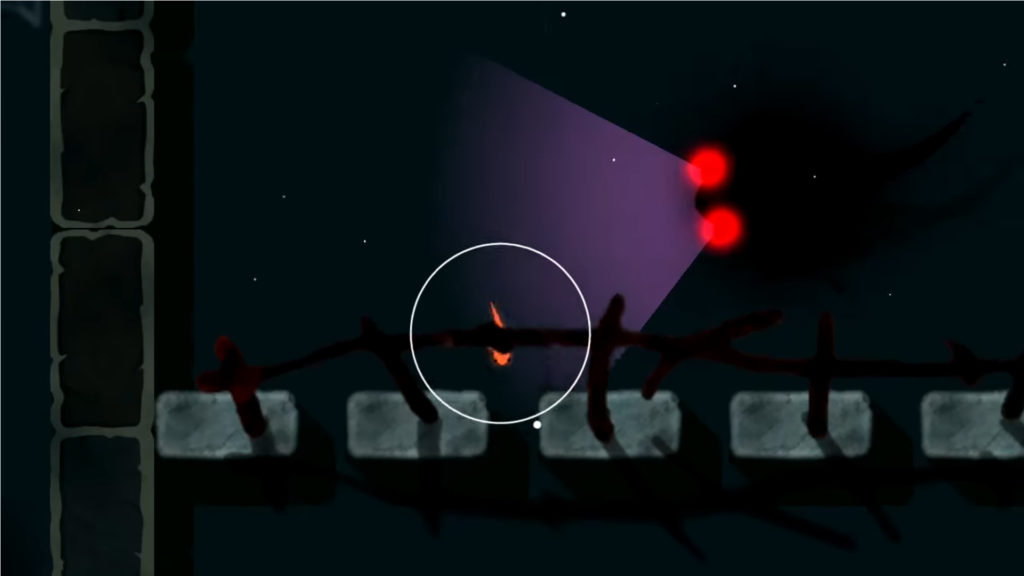
For all the simplicity of its core campaign, Koi DX is certainly not light on extras and achievements. Puzzle pieces unlock images that tell part of the game’s story while collecting stars throughout each level add to your final score for each level. Completing specific feats unlocks additional skins for your koi, letting you change the color of your fish to customize your adventure.
These are fairly standard features that clearly hope to provide a bit of extra value to your playthrough. Each level has an available 4-star rating, and to net all 4 stars you’ll need to complete the main objective, unlock all colored flowers, collect all 4 puzzle pieces and find the hidden stars.
Puzzle pieces and stars are fairly easy to find in each level and just require a little extra exploration. Nothing feels particularly hidden, with none of the classic hidden walls or any specific hoops you’ll need to jump through to find them.
Unfortunately, these collectibles feel about as arbitrary as most everything in Koi DX, and I never felt particularly incentivized to fully complete levels. They also don’t do quite enough to create an urge to explore, as there’s not much to see in the locations these collectibles are found that satisfies more than the main areas of each stage. The added story panels are a nice touch but don’t really add as much to the plot as their tooltips suggest, and the stars grant no additional benefits beyond filling the completion bar to 100%.
The unlockable skins are a fun extra distraction, but it will take most a few playthroughs to complete the challenges necessary to unlock them. This presents a bit of a problem, in that there’s not really much beyond “100% completion” and these skins to incentivize those extra runs through the campaign. Given that the core problems plaguing the game stand to discourage additional runs, it’s unlikely that these small extras will be enough for all but the most diehard completionists.
Conclusion
The elevator pitch for Koi DX is undeniably intriguing, and easily beckons players in for a closer look. Sadly, the game’s introductory sequences set up a charming atmosphere it never fully realizes.
What emerges from the depths is a string of puzzles that feel hastily conceived and hurriedly stitched together. Both the game’s core mechanics and its overarching tone and plot fail to produce genuine moments of satisfaction. The ponds, rivers, and sewers do paint a pretty picture, but the overall lifelessness of this watery world once again speak of unfulfilled potential.
With a bit more thought to both the individual puzzles and the overall progression, Koi DX could produce something truly unique and remarkable. Extra features like hidden collectibles and unlockable skins clearly signal a hope that players will want to return to this world; but the heart of the game just doesn’t carry that message home.
Koi DX is available now on the Nintendo Switch eShop for $5 USD. The game’s price certainly feels right for the content, but serious puzzle fans or relaxation seekers may not get what they were hoping for here.

